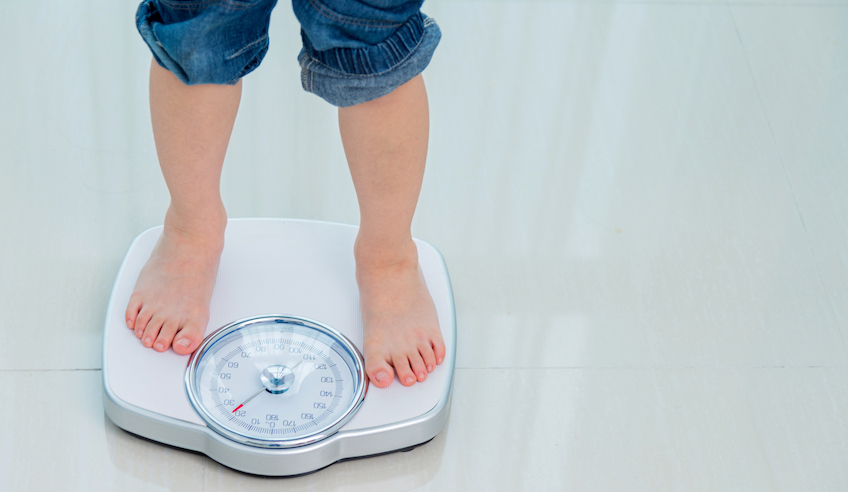The future of America’s children is looking bleak, healthwise: A new study found that more than half of them will be obese by the age of 35.
To arrive at these conclusions, researchers at Harvard University’s TH Chan School of Public Health compiled height and weight data collected from 41,000 adults and children over the course of five national studies in 2016. Using that information, they created virtual population models to project what the body mass index (BMI) of a million children 19 years old and younger would be up to 35 years of age.
The new research, published Thursday in the New England Journal of Medicine, predicts that more than 57 percent of children today will be obese by the time they turn 35, and roughly half will develop obesity during childhood. Healthy-weight children are at risk, too, with a 50 percent chance of becoming obese by age 35. For currently obese children, the risk is higher: three out of four obese two-year-olds are predicted to still be obese at age 35.
The Centers for Disease Control defines obesity in adults as having a BMI of 30 and above; in children, it’s a BMI at or above the 95th percentile of same-age, same-sex peers. According to current data, more than one-third of adults are obese, and around 17 percent of children.
The news is troubling, of course, because obesity brings with it a host of health problems.
“Adult obesity is linked with increased risk of diseases such as diabetes, heart disease, and cancer,” said Zachary Ward, lead author of the study and an analyst at Harvard Chan School’s Center for Health Decision Science. “Our findings highlight the importance of prevention efforts for all children as they grow up, and of providing early interventions for children with obesity to minimize their risk of serious illness in the future.”




















